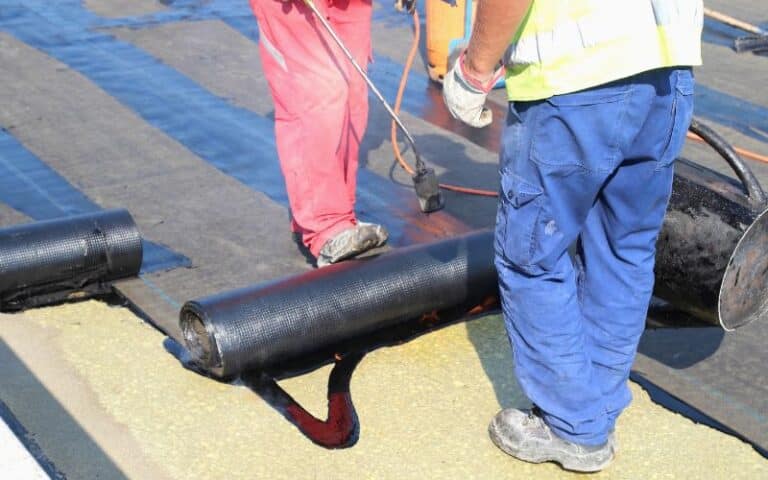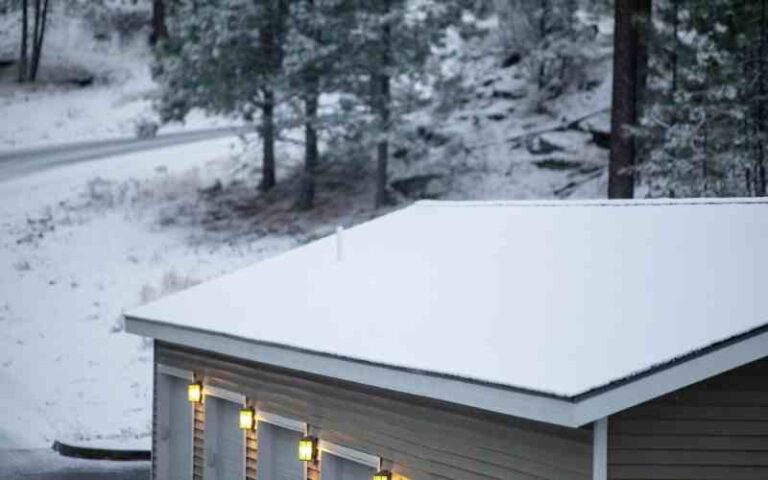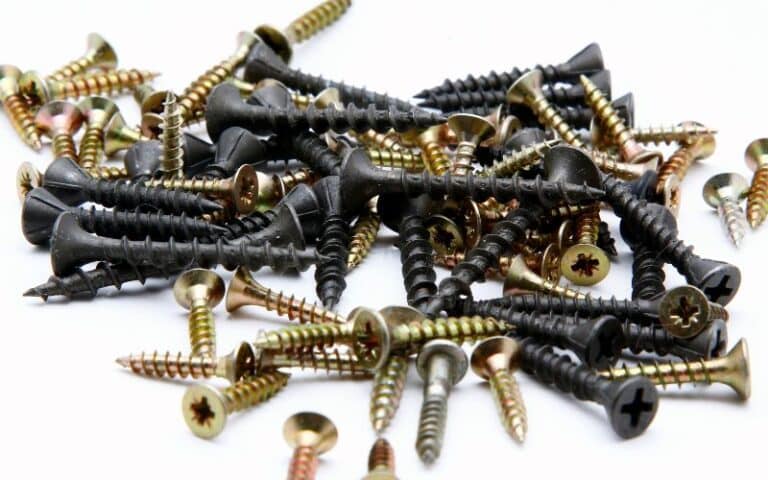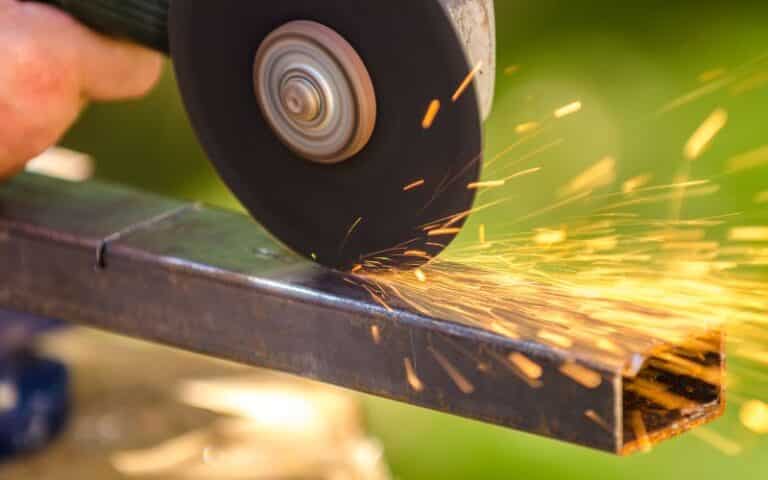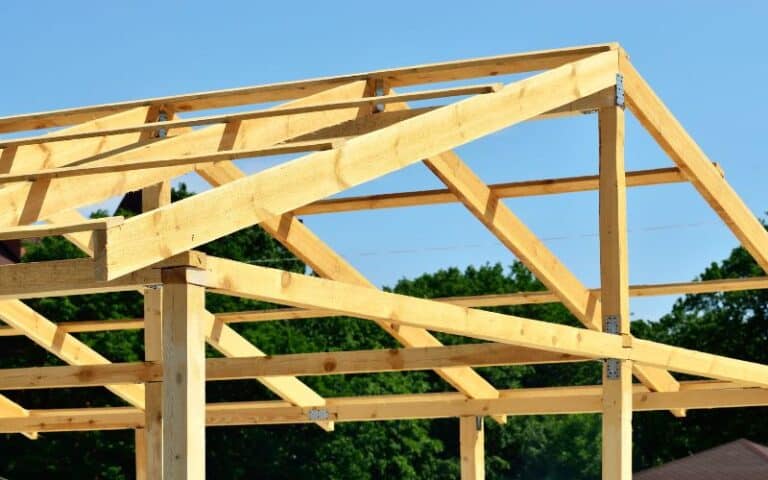Roof and wall structures would not be complete without adequate ventilation systems and durable background structures. Therefore, it is essential to adopt a construction system.
There needs to be more clarity concerning building projects’ best methods and materials. The disparities between cedar breathers and laths are an essential issue of controversy in most cases.
Thus, this article will help you understand the function, purpose, and application of cedar breather and lath in building projects.
Cedar breather has more advantages than lath in any building project. First, it is a modern building material compared to the ancient lath system. Lath is also beneficial, especially if you want a more quiet and traditional building structure. Although, cedar breather installation is more straightforward than lath’s installation.
Ready for a Roofing Quiz?
Should I Use Cedar Breather or Lath on My Roof?
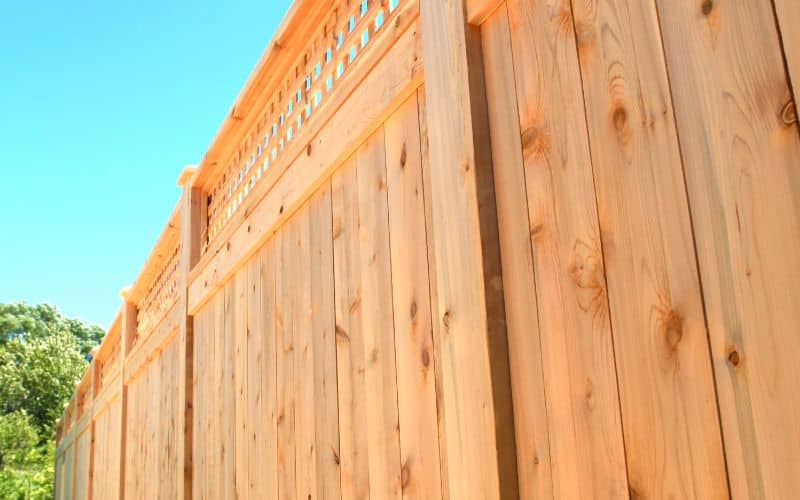
It is best if you use a cedar breather on your roof. Cedar breather provides the adequate airflow your roof needs. It also helps the roof to dry trapped moisture properly.
It is a powerful roof underlayment that would preserve the beauty of your roof. In addition, you don’t need to spend additional expenses on lath once you use cedar breathers.
Although a cedar breather is essential for keeping your roofing material healthy and beautiful, it is an additional cost to your roof installation budget.
On the other hand, a lath is a straight wood or metal frame under roof shingles or tiles for holding plaster in roof systems. It is an ancient building technique for roofing systems.
Although it is a practical roofing component for dividing the ceiling, roofers no longer use it for roofing constructions.
It is an outdated roofing system. Plus, it offers limited benefits compared to what you would gain from cedar breathers.
Cedar breather is one of the most popular roof underlayment roofers currently used. Its durability and functionality make it way ahead of lath and other modern roof underlayments.
What Is the Best Underlayment for Cedar Siding?
The best underlayment for cedar siding is synthetic underlayment. It is a high-quality underlayment for preserving your wood siding.
It has water-repellent properties, provides insulation, and reduces heat loss. Synthetic underlayment is also durable, long-lasting, and lightweight.
Polyester, polypropylene, and fiberglass are the primary materials for producing synthetic underlayments and modern production techniques.
However, synthetic underlayment is expensive, and it would increase the cost of your building project. Although, installing this underlayment is simple.
In addition, you can use a cedar breather as an underlayment for your cedar siding. It would effectively keep your siding material dry.
It would also facilitate proper ventilation and airflow within your building. You only need to allow a quarter-inch gap for cedar breathers to be an adequate siding underlayment.
Another alternative you can use as cedar siding underlayment is felt underlayment. It is an adequate underlayment for keeping your cedar siding dry.
There are two types of felt underlayment materials: natural and synthetic. Natural felt materials include wood cellulose and natural fibers.
Synthetic felt underlayment materials include polyester and fiberglass. Both felt materials are effective for preserving your wood siding material.
It has layers of asphalt coatings to protect it from moisture and water. However, it is heavier and less durable than synthetic underlayment.
Felt underlayment weakens over time, making it the least good option for your cedar siding. Although, it is inexpensive and easily obtainable from roof material stores.
Can I Use Cedar Breather or Lath on My Walls?
You can use both cedar breather and lath on your walls. However, each material performs different unique functions on your walls.
Cedar breather acts as a ventilated underlayment for preserving the lifespan of your wall material. In addition, its ventilation system increases continuous airflow within the building.
It also keeps the wall material dry and preserves it from the effect of moisture, such as corrosion, rot, mold, and mildew.
On the other hand, a lath is a wooden or metal platform for holding plasters and creating plastered walls.
Another name for the lath mechanism of creating walls is lath and plaster. When you apply plaster on the lath structure, it finds its way through the platform or frame.
Then, it piles up on the opposite side of the frame and makes plaster keys to hold it firm until it dries. Hence, the wall structure is not an underlayment like a cedar breather.
The distinguishing features and advantages are below to identify better the purpose of the two construction materials on your walls.
| Cedar Breather | Lath |
|---|---|
| It helps the wall material dry moisture properly. | It prevents moisture in the walls. |
| It is easy to install. | It requires more skills and time to install. |
| You can repair the wall without tearing it apart. | Repairing requires tearing down the entire wall. |
| Repairing the wall is easy and less messy. | It is messy to repair the wall. |
What Are the Benefits of Cedar Breather?
The significant benefit of a cedar breather is its ability to preserve the lifespan of wood building materials and allow proper airflow within your building structure.
However, using a cedar breather for your construction project has other benefits.
The other benefits of cedar breathers are as follows:
#1. Fire Resistance
The material of the cedar breather makes it resistant to fire. So, you don’t have to worry about your roof and wall catching fire when there is a fire emergency.
However, being fire resistant doesn’t mean the fire does not affect it. It could only be slow to catch fire, especially for small fire outbreaks and after weakening over time.
#2. Prevents Wood Splitting
Cedar breather design makes it easy to protect your wooden roof materials from splitting and curling due to trapped moisture.
The moisture dries out totally and does not damage the roof material. Thereby, it extends the lifespan of the roofing system.
#3. Temperature Resistance
Cedar breather’s primary production material is a nylon matrix, improving its resistance to heat, cold, and ultraviolet rays.
It is durable and unaffected by these elements and protects your building structure against them.
#4. Prevents Thermal Actions
Cedar breather allows enough ventilation between your roof surfaces and building structure. Thereby, it reduces the effect of heat within the building.
It maintains the temperature within the building and keeps it cool, so you don’t have to spend more on utility bills to keep the building cool.
#5. Reduces Wood Rot
The cedar breather allows airflow for your roof structures to dry completely, preventing mold and mildew growth that can result in rot.
It preserves the beauty of your construction material this way. Additionally, it eliminates the need to use furring strips for your building project.
Related: Roof Underlayment Vs House Wrap
What Are the Advantages of Lath?
The advantages of using lath for your building project are as follows:
#1. Insulation
Using lath for your walls increases the insulation within the building. The insulation helps them maintain the internal temperature irrespective of the weather conditions.
It keeps the temperature cool during hot seasons; likewise, the temperature is warm during cold seasons.
#2. Soundproofing
The thick plaster layer of lath and plaster structures prevents sound vibration from passing through the building structures. Therefore, it keeps the building quieter.
#3. Fire Resistance
The lath and plaster structures are fire resistant because of the thick plaster composition. Therefore, you don’t need to worry about the walls catching fire during a fire outbreak.
#4. Contour Friendly
The nature of the lath structure makes it bendable, so you can create any structure and contour you want. For example, you can create curves and arches in the ceiling and walls.
You can make permanent adjustments to the building structure. Although, you would have to tear it down totally if you need to readjust the building design.
#5. Moisture Resistance
Lath and plaster structures do not allow moisture into the building system. For example, lath metal frames and plaster are highly water resistant.
Conclusion
Ultimately, cedar breather and lath are essential building materials for construction projects. However, it would be best if you didn’t use both unless you are sure of the purpose.
It would always help to contact a professional building contractor for advice and installation, so you use the suitable material for the proper purpose.

